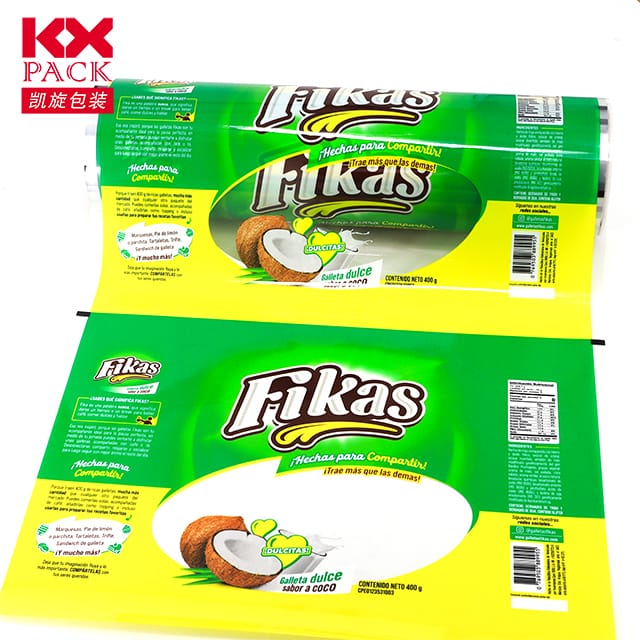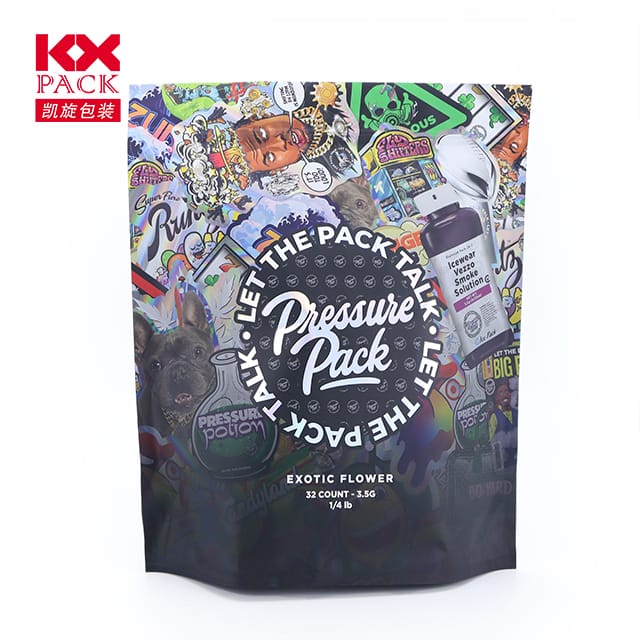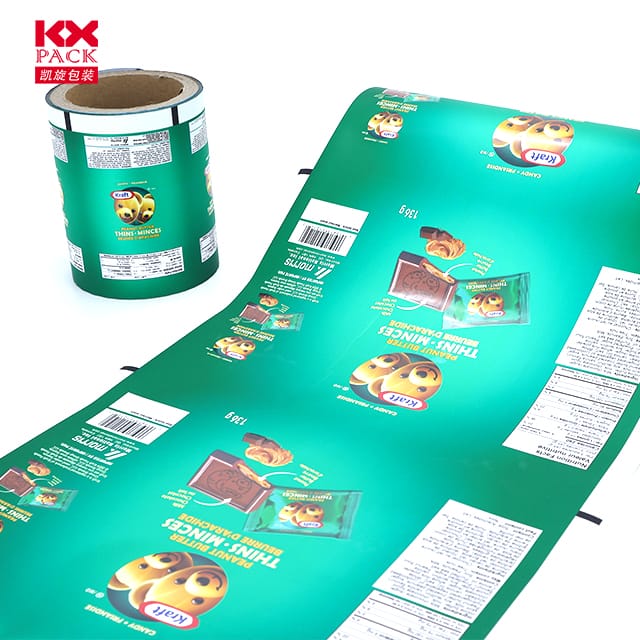プリントパッケージロールフィルム: 製品ストーリーテリングと持続可能性の進化 2025
プリントパッケージロールフィルム
In an era where consumer attention spans are shrinking and environmental consciousness is rising, printed packaging roll film has emerged as a game-changer for brands across industries. 食品・化粧品から医薬品・工業品まで, この軟包装ソリューションは製品の提示方法を再定義しています, 保護されています, そして知覚された. トレンドを探ってみましょう, イノベーション, and strategic advantages driving its adoption in 2025.
1. Why Printed Packaging Roll Film? The Core Benefits
ある. Versatility in Design & Functionality
プリントパッケージロールフィルム are engineered to adapt to diverse product shapes and sizes. Whether forming pouches for coffee beans, sealing fresh produce, or wrapping pharmaceuticals, these films combine durability with customization. Brands can leverage high-resolution graphics, matte finishes, or even tactile textures to create shelf-ready packaging that stands out. 例えば, CNG’s matte film roll, compliant with How2Recycle guidelines, demonstrates how aesthetics can align with sustainability.
b. Cost-Effective Flexibility
Low minimum print volumes and advanced form-fill-seal (FFS) machinery enable brands to launch seasonal campaigns, private labels, or limited editions without hefty upfront costs. A coffee brand, 例えば, can switch packaging designs quarterly by adjusting roll width and cut-off lengths, ensuring freshness in both product and branding.
c. 賞味期限の延長 & 安全性
Technological advancements in multilayer films and active coatings (例えば。, antimicrobial, oxygen-scavenging) now allow printed roll films to double as protective barriers. CJ Biomaterials’ PHA-based coatings, for instance, offer compostable solutions that prevent microbial growth, extending the shelf life of perishables while appealing to eco-conscious consumers.
2. 2025 Trends Shaping the Industry
ある. Sustainability as a Non-Negotiable
The bioplastic segment is growing at a CAGR of 5%, driven by regulations and consumer demand. Brands are transitioning to films made from 30% 使用済みリサイクル (PCR) plastic or compostable materials like PHA. Design Polymerics’ shift from white to black pails with PCR content exemplifies how even ancillary packaging components are evolving.
b. スマートなパッケージング & Interactivity
Embedded QR codes, NFCタグ, or temperature-sensitive inks are turning printed films into interactive storytelling tools. A skincare brand, 例えば, could use a scannable film to share ingredient sourcing stories or usage tutorials, deepening customer engagement.
c. Regional Market Dynamics
- Asia-Pacific: Dominates due to its vast consumer base and industrial growth. Brands here prioritize cost-efficient, high-volume roll films for snacks and beverages.
- 北米: Leads in innovation, with brands investing in premium finishes (例えば。, holographic prints) and recyclable structures to meet stringent sustainability standards.
3. Key Considerations for Brands
ある. 材料の選択 & パフォーマンス
Choosing the right プリントパッケージロールフィルム structure is critical. A multilayer film with a PET/PE/EVOH composition might be ideal for oxygen-sensitive products, while a monolithic PHA film suits compostable snack packaging. Partnering with suppliers who offer material testing and dieline templates ensures compatibility with FFS machines.
b. Printing Precision & Color Consistency
High-definition gravure or digital printing techniques now support up to 11-color designs, but brands must account for ink adhesion on recycled content. Sollex’s specialized blades, tailored for abrasive multilayer films, highlight the importance of selecting cutting tools that prevent defects during conversion.
c. 規制のコンプライアンス
With global regulations on recyclability (例えば。, EUの使い捨てプラスチック指令) and food safety (FDA/EFSA), brands must verify that their printed films meet standards for direct food contact and recyclability claims.
4. 未来: Beyond Packaging
プリントパッケージロールフィルム are evolving into brand ambassadors. Imagine a film that changes color when a product expires or a pouch that releases a fragrance when opened. Innovations like these, combined with AI-driven design tools, will enable hyper-personalized packaging at scale.
結論
で 2025, printed packaging roll film is no longer just a protective layer—it’s a strategic asset. Brands that harness its flexibility, 持続可能性, and technological potential will not only reduce costs but also forge deeper connections with consumers. As the packaging films market grows at 5% CAGR, the question isn’t whether to adopt printed roll films, but how creatively you can leverage them to tell your brand’s story.
Ready to transform your packaging? Start by auditing your current materials, exploring bioplastic alternatives, and experimenting with interactive designs. The roll film revolution is here—and it’s printed in full color.
Sources: Industry reports, PennPac insights, そして 2025 market analyses.







